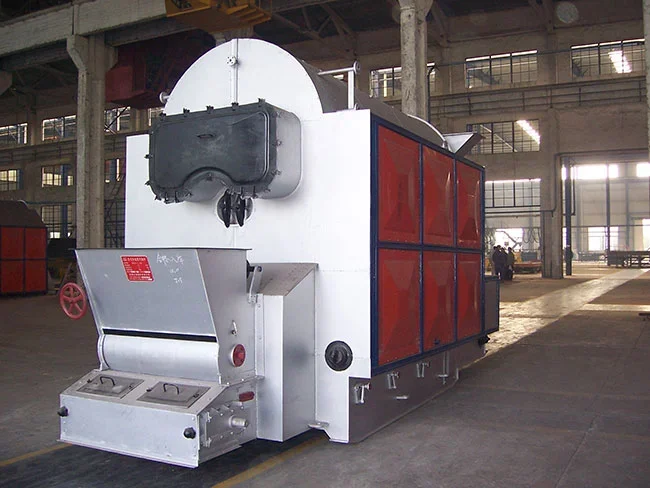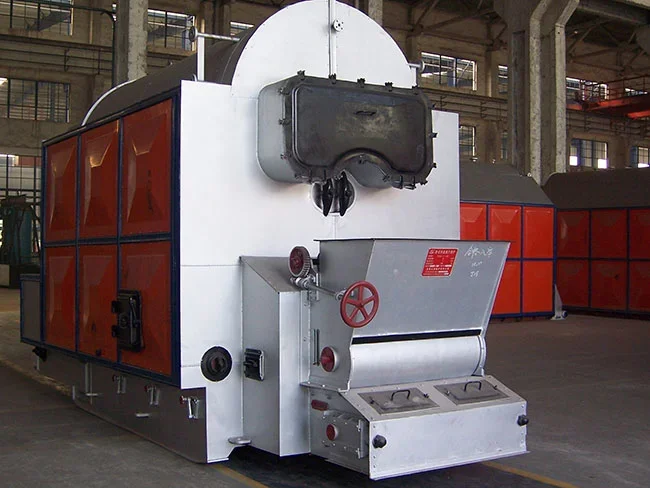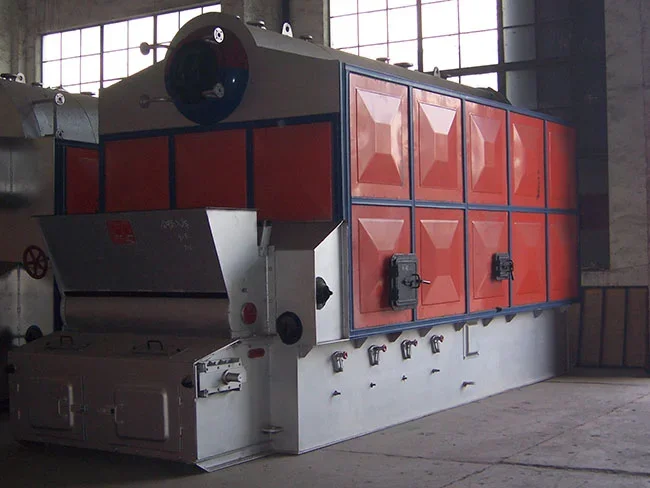In recent years, there has been a growing emphasis on finding sustainable and renewable sources of energy to combat climate change and reduce dependence on fossil fuels. Biomass boilers have emerged as a promising solution in this quest for clean energy generation. This article aims to provide a comprehensive overview of biomass boilers, including their definition, types, working principles, key components, environmental benefits, applications, and future prospects.
Definition and Types of Biomass Boilers
Biomass boilers are heating systems that utilize organic materials, such as wood pellets, agricultural waste, or dedicated energy crops, to produce heat and hot water. These boilers can be categorized into three main types: stoker boilers, fluidized bed boilers, and pellet boilers.
Stoker boilers: Stoker boilers are the oldest and most common type of biomass boilers. They use a mechanical stoker to feed the biomass fuel into the combustion chamber, where it is burned to produce heat. Stoker boilers are suitable for a wide range of biomass fuels, including wood chips, sawdust, and agricultural residues.
Fluidized bed boilers: Fluidized bed boilers use a bed of inert material, such as sand or limestone, to suspend and burn the biomass fuel. The combustion process occurs at a lower temperature, which reduces the formation of harmful emissions. Fluidized bed boilers are highly efficient and can handle a variety of biomass fuels.
Pellet boilers: Pellet boilers are specifically designed to burn wood pellets, which are compressed biomass materials. These boilers have automated fuel feeding systems and offer high efficiency and low emissions. Pellet boilers are commonly used in residential and small-scale commercial applications.
Working Principles of Biomass Boilers
Biomass boilers operate on the principle of combustion, where the biomass fuel is burned in the presence of oxygen to release heat energy. The heat is then transferred to a heat exchanger, where it is used to heat water or produce steam. The steam or hot water is then circulated through a network of pipes to provide heating or hot water for various applications.

Key Components of Biomass Boilers
Biomass boilers consist of several key components that work together to ensure efficient and reliable operation:
Fuel storage and handling system: Biomass fuels need to be stored in a dry and controlled environment to maintain their quality. The fuel handling system includes equipment for fuel delivery, storage, and transportation to the combustion chamber.
Combustion chamber: The combustion chamber is where the biomass fuel is burned. It is designed to optimize the combustion process and ensure complete combustion of the fuel, minimizing emissions.
Heat exchanger: The heat exchanger transfers the heat from the combustion gases to the water or steam. It consists of a series of tubes or plates that allow for efficient heat transfer.
Control system: The control system monitors and regulates the operation of the biomass boiler. It ensures proper fuel feeding, combustion control, and safety features, such as temperature and pressure control.
Environmental Benefits of Biomass Boilers
Biomass boilers offer several environmental benefits compared to traditional fossil fuel boilers:
Renewable energy source: Biomass is a renewable energy source as it comes from organic materials that can be replenished. This reduces dependence on finite fossil fuel resources and helps to mitigate climate change.
Carbon-neutral or carbon-negative emissions: Biomass fuels release carbon dioxide (CO2) when burned, but this is offset by the carbon dioxide absorbed by the plants during their growth. As a result, biomass boilers can be considered carbon-neutral or even carbon-negative, depending on the source of the biomass fuel.
Reduced emissions: Biomass boilers produce lower emissions of sulfur dioxide (SO2), nitrogen oxides (NOx), and particulate matter compared to fossil fuel boilers. This helps to improve air quality and reduce the environmental impact of energy generation.

Applications of Biomass Boilers
Biomass boilers have a wide range of applications across various sectors:
Residential heating: Biomass boilers are increasingly being used for residential heating, providing warmth and hot water for households. They can be integrated with existing heating systems or used as standalone units.
Commercial and industrial heating: Biomass boilers are suitable for commercial and industrial applications, such as schools, hospitals, hotels, and manufacturing facilities. They can provide heating and hot water for large buildings and processes.
District heating: Biomass boilers can be used in district heating systems, where a central biomass boiler supplies heat to multiple buildings or a whole community. This allows for efficient energy distribution and reduces individual energy consumption.
Future Prospects and Innovations
The future of biomass boilers looks promising, with ongoing research and development efforts focused on improving efficiency, reducing emissions, and expanding the range of biomass fuels that can be used. Innovations such as advanced combustion technologies, gasification, and co-firing with other renewable fuels are being explored to enhance the performance and versatility of biomass boilers.

Conclusion
Biomass boilers offer a sustainable and clean solution for energy generation, utilizing organic materials to produce heat and hot water. With their various types, working principles, key components, environmental benefits, and wide range of applications, biomass boilers have emerged as a viable alternative to fossil fuel boilers. As the world continues to prioritize renewable energy sources, biomass boilers are expected to play a significant role in the transition towards a greener and more sustainable future.
Related News:Exploring the Functionality of Biomass Boilers in Energy Production